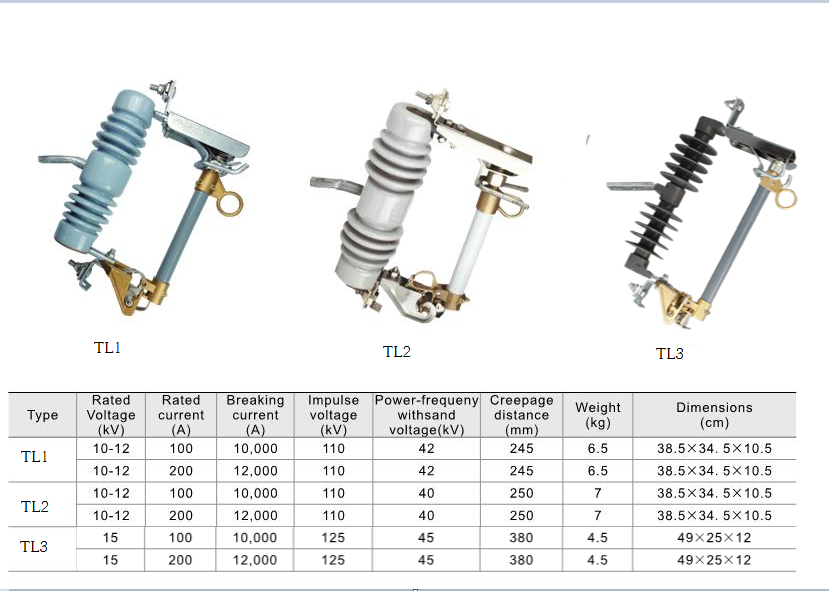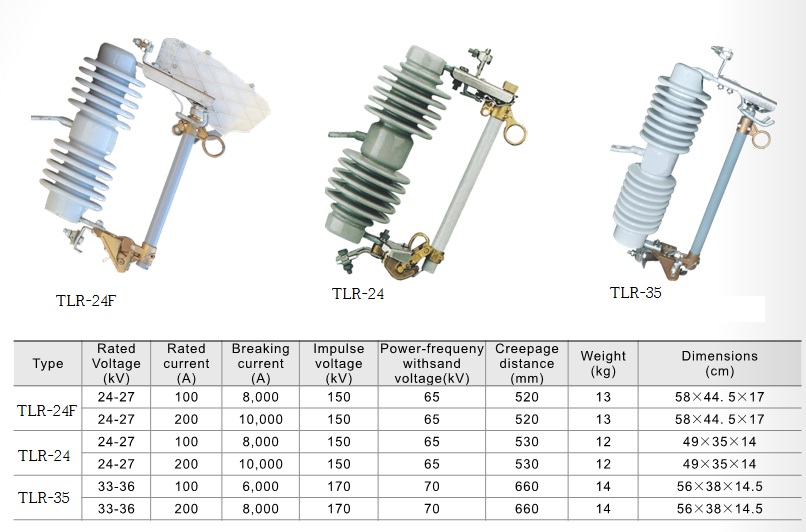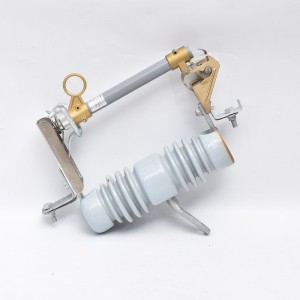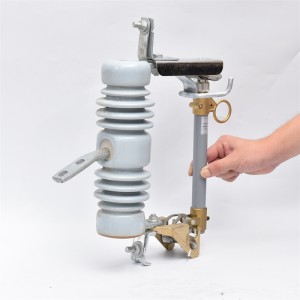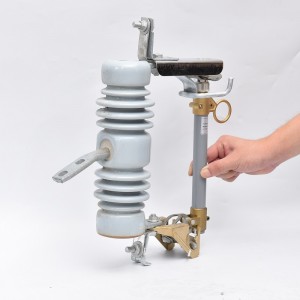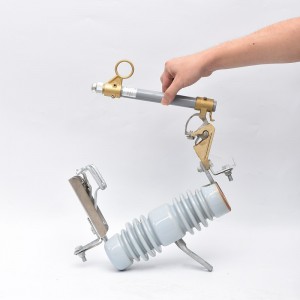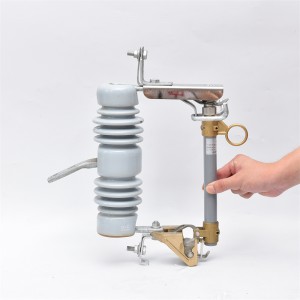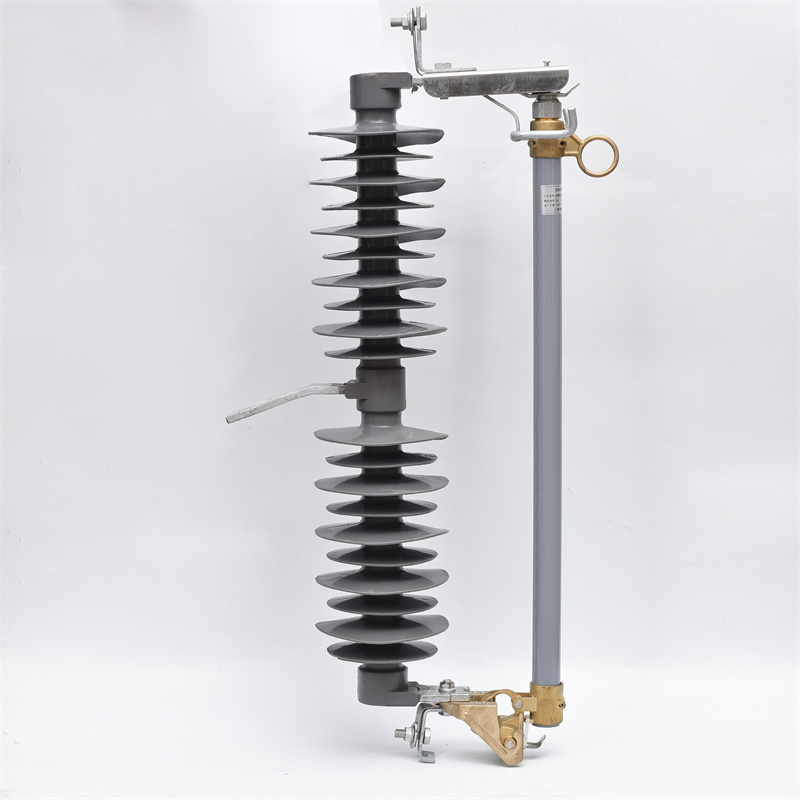Overview
Drop out fuse is an outdoor high-voltage protection device. It is the most commonly used short circuit protection switch for branch lines of distribution lines and distribution transformers. It is mainly used to protect transformers or lines from the impact caused by short circuit, overload and switching current. It has the characteristics of economy, convenient operation and strong adaptability to outdoor environment. Under the condition of fault current, the fuse will blow and form an arc. The arc extinguishing tube is heated and explodes, causing high voltage. The fuse is now in the open position and the operator needs to turn off the current. Close by insulating hot tape. The main contact and auxiliary contact have been connected. It is installed on the branch line of 10kV distribution line, which can reduce the power outage range. Because it has an obvious disconnection point, it has the function of disconnecting switch, creating a safe working environment for the lines and equipment in the maintenance section, and increasing the sense of safety of the maintenance personnel.
Troubleshooting
(1) The fuse at the primary side of the transformer is used as the backup protection for the transformer itself and the secondary side outgoing line fault. It matches with the action time of the substation outgoing line switch relay protection, and must be less than the breaking time of the substation outlet circuit breaker. It is required that the fuse is fused and the outlet circuit breaker does not act. If the transformer capacity is below 100kV.A, the fuse at the primary side can be selected as 2-3 times of the rated current; For the distribution transformer of 100kV.A and above, the fuse at the primary side can be selected as 1.5~2 times of the rated current.
(2) The branch line main fuse is mainly used for overload protection. Generally, the rated current of the fuse is selected according to the maximum load current of the branch line. The fusing time should be less than the setting time of the substation outgoing line switch current protection device.
(3) The operation and maintenance account and system of drop out fuses shall be established. Drop out fuses that have been in operation for more than 5 years shall be replaced in batches.
(4) Improve the technical quality and maintenance process of electricians. When installing or replacing the fuse, the force shall be appropriate to avoid too loose or too tight.
(5) For the uneven casting defects at both ends of the fuse tube, the manufacturer shall conduct “chamfering” treatment or make other improvements.
Installation of drop-out fuses
(1) During installation, the melt should be tightened (so that the melt can withstand a tensile force of about 24.5N), otherwise the contact may be overheated. The fuse installed on the cross arm (frame) shall be firm and reliable without shaking or shaking.
(2) The melting tube shall have a downward inclination angle of 25 °± 2 °, so that the melting tube can fall rapidly by its own weight when blowing out the melt.
(3) The fuse shall be installed on the cross arm (frame). For safety reasons, the vertical distance from the ground shall not be less than 4m. If it is installed above the distribution transformer, a horizontal distance of more than 0.5m shall be kept from the outer contour boundary of the distribution transformer. The fall of the melt pipe caused other accidents.
(4) The length of the fuse should be adjusted appropriately. Safety considerations require that the duckbill can keep more than two-thirds of the length of the contact after it is closed to avoid self falling misoperation during operation. The fuse tube shall not touch the duckbill to prevent the melting tube from falling off in time after the melt is blown out.
(5) The melt used must be a standard product of a regular manufacturer and have a certain mechanical strength. Safety considerations usually require that the melt can withstand a tensile force of more than 147N.
(6) 10kV drop out fuse is installed outdoors for safety and the distance is required to be greater than 70cm.
Note: In general, it is not allowed to operate the drop out fuse on load, but only allowed to operate the no-load equipment (line). However, under specific circumstances, it is allowed to load as required
Partial details
